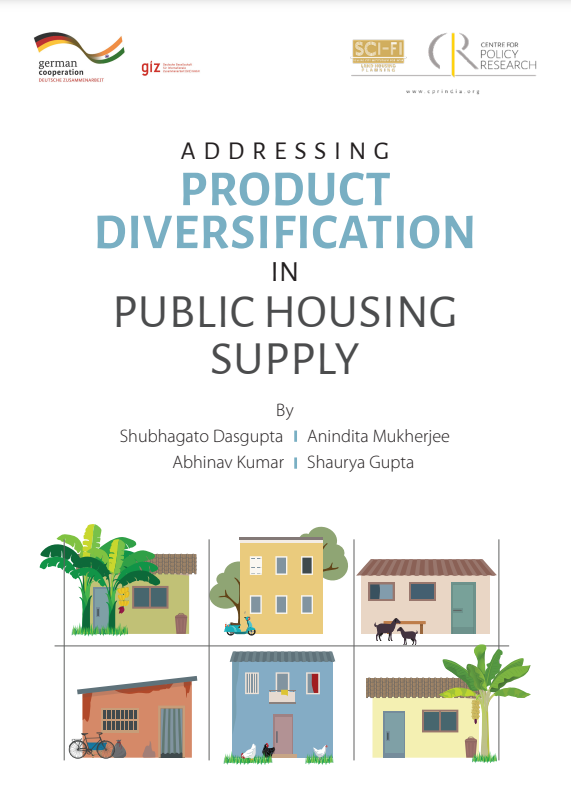Despite the government’s efforts on augmenting the supply of houses, recent estimates suggest that the housing shortage in urban areas have widened. It is a result of the mismatch between the housing needs of the urban poor and the typology of housing supply. The present study analyses and assesses the housing needs of the urban poor using secondary data from 76th round of NSS (2018-19) on housing and living condition vis-à-vis the typologies of housing supplied by public sector. Through this analysis, we highlight in the report the mismatch between the need and supply of public housing and suggest ways to bridge this gap through policy interventions.
The choice of housing, its tenure and location for the urban poor is guided by nature of employment they are engaged in, their stage of life and household size. We find that casual wage workers and urban poor are more likely to compromise on housing conditions, amenities, and privacy to locate themselves near to their livelihood opportunities.
Urban housing for urban poor is predominantly supplied by the small households that form part of the informal sector however, the quality of housing remains a concern. Housing provided by formal private sector is a miniscule proportion of total housing constructed by them and is not affordable for most urban poor. The current public housing supply is designed to cater to the urban poor remains mostly at the periphery of the cities making them less desirable to the targeted population – lacks tenure diversity and often disrupts livelihoods linages.
The study recommends that public sector should focus on diversifying their housing supply based on the needs of urban poor. It should strive to create a robust housing ecosystem that is responsive to the urban growth, evolving economic structure of the city as well as local preference and aspirations. It should also establish modalities for collaboration with formal private sector to develop newer models of public-private partnerships that also involves and incentivizes, informal private sector, especially the small households that are categorized as subsistence landlords, non-profit sector and communities, to supply better quality housing for the urban poor residents.

